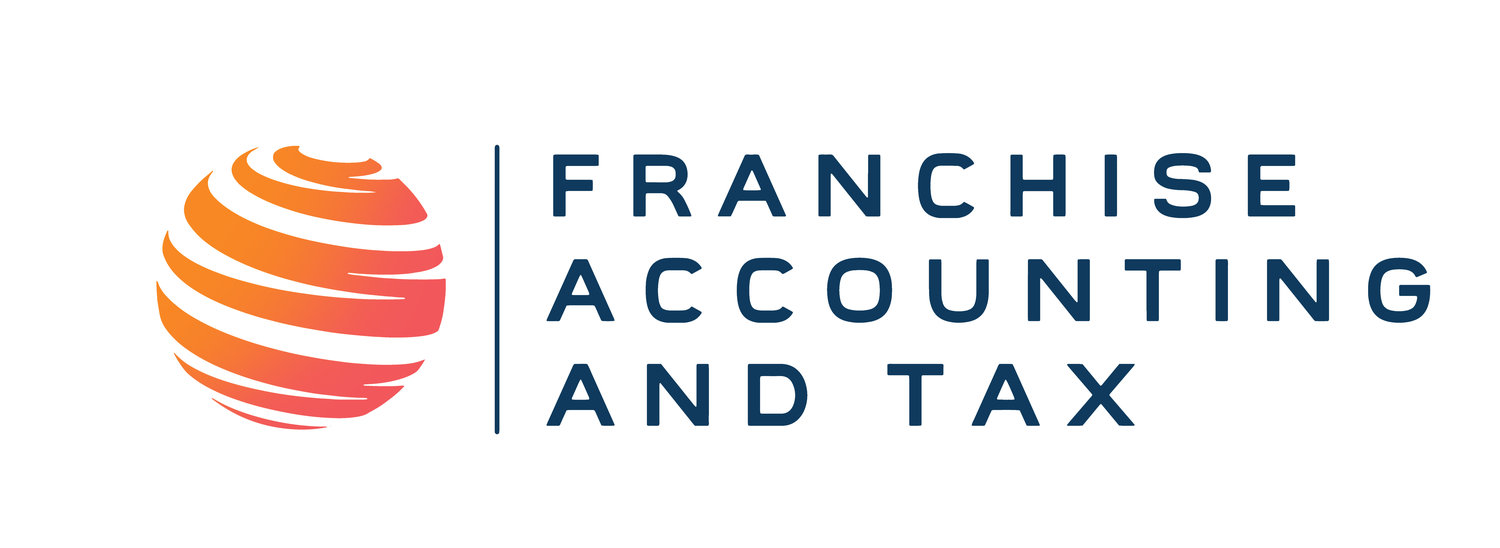Jobkeeper 2.0 Eligibility - Worked Example
There are two steps involved to work out if you are eligible for Jobkeeper 2.0 (Extension). This worked example, based on a real life case, shows you the steps to follow.
Step 1.
First, check if your Turnover for Sept Qtr 2020 has fallen by 30% compared to Sept Qtr 2019.
Start with your Turnover information from your records:
(You can get this from your accounting software. Dump it into XL for ease of calculation).
Jul-Sep 2020 $50,131**
Apr-Jun 2020 $26,956
Jan-Mar 2020 $52,579
Oct-Dec 2019 $69,630
Jul-Sep 2019 $86,436**
To compare Sept Qtr 2020 with Sept Qtr 2019, you divide the Sept 2020 figure by the Sept 2019 figure;
The threshold for JobKeeper 2.0 = 70%, which means a 30% reduction.
In this case, yes, this client business is eligible.
Step 2.
Secondly, we need to check on the eligibility of the employees, and what rate applies.
This is based on hours worked in a relevant 28 day period. For Tier 1, they need to work 80 hours.
Paycycles (get this information from your pay records)
The Last paycycle before 1 March was week ended 1 March.
So, 28 days prior is 2nd Feb, so you need to count the hours worked from 2 Feb
Employees who worked > 80 hours Eligible for Tier 1 ($1200 per fortnight)
Brian S 88 h 30 min
Jaysa N 104 h 45 min
Employees who worked < 80 hours - Eligible for Tier 2 ($750 per fortnight)
Other employees currently on Jobkeeper but NIL hours in Feb and June 28 day cycles
Advise the ATO
Following the above checks, the ATO needs to be advised of:
who will no longer be eligible for any Jobkeeper payment,
which employees will be eligible for Tier 1 payments,
which employees will be eligible for Tier 2 payments.
You will also need to have records to prove the hours worked. The ATO has indicated this will be a key area for “compliance checks” (audits).
If your records are in good order, this should be a straightforward process to check for eligibility.
If your records are a bit of a mess, it will be harder. (Not impossible, but not fun).
Let me know if you need a hand
Peter

